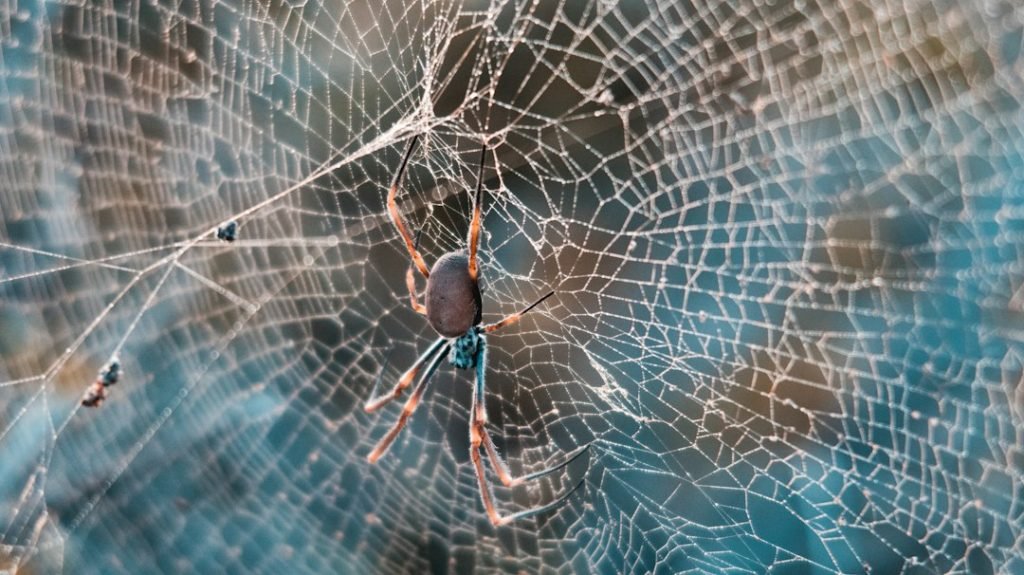

Discovering Norway: From Fjords to Hygge – A Guide to Pronouncing Norwegian Phrases
Norway, located in Northern Europe, is a country known for its stunning natural landscapes, rich cultural heritage, and the concept of hygge. With its vast coastline, majestic fjords, and picturesque villages, Norway offers a unique and unforgettable experience for travelers. The country is also home to vibrant cities like Oslo and Bergen, where visitors can explore museums, indulge in delicious cuisine, and immerse themselves in the local culture.
When it comes to attractions and activities, Norway has something for everyone. Nature enthusiasts can embark on breathtaking hikes through the mountains or take a scenic boat tour along the fjords. History buffs can delve into Norway’s Viking past by visiting museums and historical sites. Food lovers can indulge in traditional Norwegian cuisine, which includes fresh seafood, reindeer meat, and mouthwatering pastries. Whether you’re seeking adventure or relaxation, Norway has it all.
Table of Contents
ToggleHow to Pronounce Norwegian Phrases: A Beginner’s Guide
Norwegian may seem like a challenging language to learn, but with a little practice, you can master some basic phrases that will come in handy during your trip. Here are a few pronunciation rules to keep in mind:
1. Vowels: Norwegian has three additional vowels compared to English – æ (pronounced like “a” in “cat”), ø (pronounced like “u” in “hurt”), and å (pronounced like “o” in “more”).
2. Consonants: Some consonants are pronounced differently in Norwegian. For example, the letter “j” is pronounced like the English “y,” while “g” is pronounced like the “g” in “good.”
Now let’s look at some common phrases that will be useful for travelers:
– Hello: Hei (pronounced “hey”)
– Thank you: Takk (pronounced “tahk”)
– Excuse me: Unnskyld (pronounced “oon-skuld”)
– Where is…?: Hvor er…? (pronounced “vor air”)
– Can you help me?: Kan du hjelpe meg? (pronounced “kan doo yel-peh may”)
Exploring Norway’s Fjords: A Scenic Adventure
One of the highlights of visiting Norway is exploring its famous fjords. Fjords are long, narrow inlets with steep sides or cliffs, formed by glacial erosion. These natural wonders offer breathtaking views of towering mountains, cascading waterfalls, and crystal-clear waters.
One of the most popular fjords to visit is the Geirangerfjord, a UNESCO World Heritage site. This fjord is known for its dramatic landscapes and is often referred to as the “crown jewel” of the Norwegian fjords. Visitors can take a boat tour to admire the stunning scenery or hike up to viewpoints for panoramic views.
Another must-visit fjord is the Nærøyfjord, also a UNESCO World Heritage site. This fjord is famous for its narrow width and steep cliffs, creating a truly awe-inspiring experience. Travelers can take a scenic train ride on the Flåm Railway, which offers stunning views of the Nærøyfjord and surrounding mountains.
For those seeking adventure, kayaking or canoeing through the fjords is a popular activity. This allows visitors to get up close and personal with the natural beauty of Norway while enjoying a thrilling experience.
Embracing Hygge: The Norwegian Art of Coziness
Hygge (pronounced “hoo-gah”) is a Danish word that has become popular in Norway as well. It refers to a feeling of coziness, contentment, and well-being. In Norway, hygge is an important part of the culture, especially during the long, dark winters.
To embrace hygge in Norway, create a cozy atmosphere in your surroundings. Light candles, snuggle up with a warm blanket, and enjoy a cup of hot chocolate or coffee. Spend quality time with loved ones, whether it’s having a game night or simply enjoying each other’s company.
Norwegians also love spending time outdoors, even in the colder months. Bundle up and go for a walk in nature, or try cross-country skiing or ice skating. The key is to find joy in simple pleasures and create a sense of comfort and relaxation.
Norwegian Cuisine: From Seafood to Traditional Delicacies
Norwegian cuisine is influenced by its coastal location and rich culinary traditions. Seafood plays a prominent role in Norwegian cuisine, with dishes like smoked salmon, pickled herring, and fish soup being popular choices. The country is also known for its high-quality salmon and cod.
Another traditional delicacy in Norway is reindeer meat. Reindeer is often served as a stew or as thinly sliced meat with lingonberry sauce. It has a rich and gamey flavor that is unique to the region.
When it comes to desserts, Norway is famous for its pastries and cakes. Krumkake, a thin waffle-like cookie rolled into a cone shape, is a popular treat. Other sweet delights include lefse (a soft flatbread), skillingsboller (cinnamon buns), and multekrem (cloudberry cream).
To experience Norwegian cuisine at its best, visit local restaurants and cafes that specialize in traditional dishes. You can also explore local markets to sample fresh produce, cheeses, and other regional specialties.
The Northern Lights: A Natural Wonder of Norway
The Northern Lights, also known as the Aurora Borealis, are a natural phenomenon that occurs in the polar regions. Norway is one of the best places in the world to witness this breathtaking display of lights.
The Northern Lights are caused by the interaction between charged particles from the sun and the Earth’s magnetic field. The lights appear as shimmering curtains of green, pink, and purple dancing across the night sky.
The best time to see the Northern Lights in Norway is during the winter months, from September to March. The further north you go, the higher your chances of witnessing this magical spectacle. Tromsø and the Lofoten Islands are popular destinations for Northern Lights viewing.
To increase your chances of seeing the Northern Lights, plan your trip during a new moon when the sky is darkest. It’s also important to check the weather forecast and choose a clear night with minimal cloud cover.
Norway’s Viking History: Discovering the Past
Norway has a rich Viking history that dates back over a thousand years. The Vikings were seafaring warriors and traders who played a significant role in shaping European history.
To learn more about Norway’s Viking past, visit museums and historical sites dedicated to this fascinating era. The Viking Ship Museum in Oslo houses three well-preserved Viking ships that were excavated from burial mounds. These ships provide valuable insights into Viking shipbuilding techniques and their importance in Norse culture.
Another must-visit site is the Lofotr Viking Museum in Borg. Here, you can explore a reconstructed Viking longhouse and learn about daily life during the Viking Age. The museum also offers interactive exhibits and reenactments that bring history to life.
For a more immersive experience, consider joining a Viking-themed tour or participating in a Viking festival. These events often include demonstrations of traditional crafts, battles, and storytelling sessions that transport you back in time.
Outdoor Activities in Norway: Hiking, Skiing and More
Norway’s stunning natural landscapes make it an ideal destination for outdoor enthusiasts. From hiking to skiing, there are plenty of activities to enjoy in the great outdoors.
Hiking is a popular activity in Norway, with numerous trails catering to all levels of experience. The Trolltunga hike is one of the most famous and challenging hikes in the country. It offers breathtaking views of the fjords and mountains, but be prepared for a long and strenuous trek.
For skiing enthusiasts, Norway offers world-class ski resorts with well-groomed slopes and stunning mountain scenery. Trygve’s Ski Jump in Oslo is a popular spot for ski jumping enthusiasts, while Hemsedal and Geilo are renowned for their downhill skiing opportunities.
Other outdoor activities in Norway include fishing, kayaking, and wildlife spotting. The country is home to diverse wildlife, including reindeer, moose, and arctic foxes. Keep your eyes peeled for these magnificent creatures as you explore Norway’s wilderness.
Norway’s Cities: From Oslo to Bergen
Norway’s cities offer a unique blend of modernity and tradition. Here are two of the most popular cities to visit:
1. Oslo: The capital city of Norway, Oslo, is a vibrant metropolis with a rich cultural scene. Visit the Viking Ship Museum and the Munch Museum to learn about Norway’s history and art. Take a stroll along the waterfront promenade at Aker Brygge or explore the trendy Grünerløkka neighborhood for its hip cafes and boutiques.
2. Bergen: Known as the gateway to the fjords, Bergen is a picturesque city surrounded by mountains and fjords. Explore the UNESCO-listed Bryggen Wharf, a historic area with colorful wooden buildings. Ride the Fløibanen funicular to the top of Mount Fløyen for panoramic views of the city. Don’t forget to visit the fish market to sample fresh seafood.
Planning Your Trip to Norway: Tips and Advice
When planning a trip to Norway, here are some practical tips to keep in mind:
1. Transportation: Norway has an efficient public transportation system, including trains, buses, and ferries. Consider purchasing a Norway in a Nutshell ticket, which allows you to explore the country’s highlights via a scenic train and boat journey.
2. Accommodations: Norway offers a range of accommodations, from luxury hotels to budget-friendly hostels. Consider staying in a traditional Norwegian cabin or “hytte” for an authentic experience.
3. Budgeting: Norway is known for being an expensive destination. Plan your budget accordingly and look for ways to save money, such as cooking your own meals or opting for budget accommodations.
4. Weather: Norway’s weather can be unpredictable, so pack layers and be prepared for changing conditions. It’s always a good idea to check the weather forecast before heading out on outdoor activities.
Norway truly is a land of fjords and hygge, offering visitors a unique blend of natural beauty, cultural heritage, and cozy comforts. From exploring the majestic fjords to immersing yourself in the concept of hygge, there is something for everyone in this Scandinavian gem. Whether you’re seeking adventure in the great outdoors or indulging in delicious cuisine, Norway promises an unforgettable experience. So start planning your trip to Norway and get ready to create memories that will last a lifetime.
If you’re learning Norwegian and struggling with pronunciation, you might find this article on Norwegian Phrases and English Pronunciation helpful. It provides a comprehensive guide to pronouncing common Norwegian phrases in English, helping you sound more natural when speaking the language. Check it out here.
If you want to learn Norwegian, you can register for classes here. We look forward to hearing from you and helping you become fluent in Norwegian.





